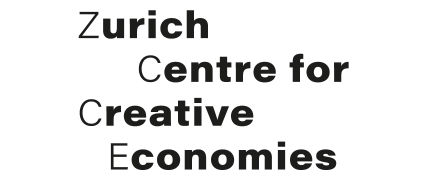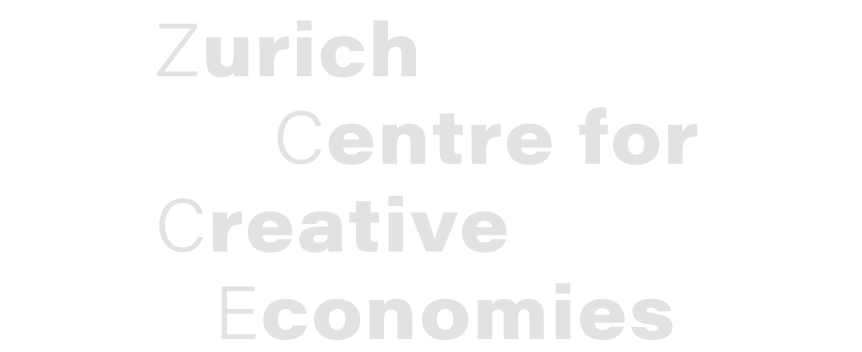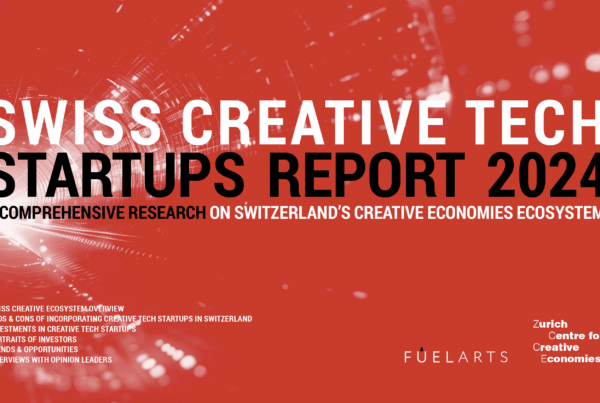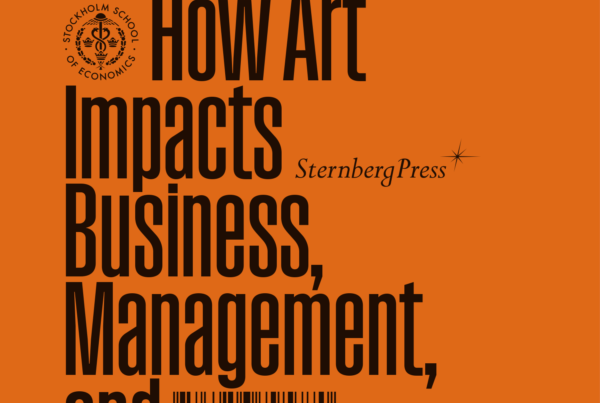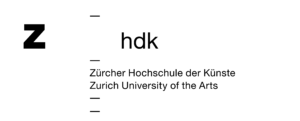Is freedom of artistic expression on the rise or at risk? The answer is simple: There is more to do to oppose the alarming number of threats, oppression, social and economic challenges, or political exclusion of people working in the cultural and creative sector. We look at two reports addressing the topic.
We are aware of artists in emergency situations and living under authoritarian regimes being persecuted, imprisoned, or even killed for expressing their views and engaging in a public discourse; aware of creative people being limited in their freedom of movement, facing visa issues, or being censored and banned from events, projects or decision-making due to their nationality, ethnicity, gender, political stand, or just for the way they live. We are informed about the lack of social security and fair renumeration for people working in the cultural and creative sector, about their limitations in accessing professional education or entering markets to offer and sell their services, products and works of art to reach economic stability. We know about the power of civil society and big corporates to end an artist’s career. We observe biases by public or private gatekeepers, self-censorship by artists, and a fear of the digital infinity and of an AI that is guided by defined algorithms which exclude what does not fit nor is part of its memory. And there are not only the obvious risks towards artistic freedom that loom as a threat; the silencing of creative people can take on many different forms.
We present two reports that have lately picked up on this topic, describing quite a thought-provoking outlook and the need for urgent and diverse action to safeguard artistic freedom: the discussion paper and final report of the 9th World Summit on Arts and Culture by the International Federation of Arts Councils and Culture Agencies (IFACCA) dedicated to “Safeguarding Artistic Freedom”, as well as the publication “Defending Creative Voices – Artists in Emergency, Learning from the safety of journalists” by UNESCO.
A colorful and diverse debate
More than 400 participants from 90 countries were present at the 9th World Summit on Arts and Culture dedicated to “Safeguarding Artistic Freedom” which took place in Stockholm in May 2023. Representatives from academia, civil society, governments, and international organizations were present, unfortunately however hardly any from the private sector. The Summit’s publications – the pre-Summit discussion paper and the final Summit report – present a broad range of views focusing on artistic freedom, and offer a thoughtful and at the same time well readable insight into the complexity of the topic, inviting for further research and debate.
UNESCO’s definition of artistic freedom emphasizes the right to create without censorship or intimidation, to have artistic work supported, distributed, and fairly remunerated, to freedom of movement and association, to the protection of social and economic rights as well as to participate in cultural life. Based on this universal definition, IFACCA introduced, as a starting point and acceptable nominator for exchange during the Summit, a slightly different interpretation of artistic freedom – “the notion that artistic freedom is the ability to express oneself freely or to present an artistic vision without fear of persecution or for one’s life; it is the ability to access resources and platforms that do not discriminate, whether based on gender, sexuality, ability, age, race, culture, belief or citizenship; and the ability to see oneself reflected in society and the public domain.” The introduction was accompanied by the overarching question about the status of artistic freedom globally.
There was a common understanding among the participants about the importance and relevance of artistic freedom, being a crucial pillar of democracy, and about the fact that artistic freedom is threatened and too many are standing still. Although most countries speak out for artistic freedom, it looks different in practice.
The publications list a few key take aways to be looked at when addressing challenges to artistic freedom and ways forward. The complexity and fragmentation of the sector is considered a strength and, at the same time, a weak spot. Artistic freedom is a universal right that must acknowledge contextual differences, as well. It encompasses a variety of rights that require a targeted and comprehensive approach. Furthermore, while being exposed to multiple, obvious crises such as ongoing and new conflicts, democracies in decline, increased inequalities, and climate crisis, creative people are forced to equally deal with more ”subtle and elusive” threats; these include for example a lack of support when it comes to professional education, infrastructure, or resources, forcing people working in the cultural and creative sector to look for alternatives. The digital sphere is highlighted as another serious threat, with AI becoming the omnipotent gatekeeper, and self-censorship and cancel culture blossoming in an area of digital power. And, finally, there is the need to talk about the distribution of power and to break the glass ceiling. To quote a participant calling out those in power: “To include is not enough, ownership is needed; your willingness to step aside is encouraged.”
Insofar, governances, platforms, and agents across the globe were asked to be more outspoken and address threats and risks more actively. Among the tools and mechanisms to address all these challenges and overcome barriers in law and practice, some recommendations stood out: recognizing artistic freedom as a collective duty, building collaboration and alliances across borders and sectors, balancing individual and collective rights and responsibilities, providing supportive legislative and regulative frameworks, proper and accurate documentation, the integration of arts in the Sustainable Development Goals, and more awareness in general. “Rights”, to quote another Summit participant, “do not come naturally; you have to fight for it continuously.”
Defending Creative Voices, Learning from journalists
An additional look at the topic provides one of the latest reports by UNESCO. “Defending Creative Voices” paints another rather bleak picture. It states that the deterioration in artistic freedom continues and, inter alia, refers to data compiled in 2021 by Freemuse, an independent organization advocating for freedom of artistic expression and cultural diversity: “Violations of artistic freedom reached an unprecedented number in 2021, with more than 1,200 recorded cases, including the killing of 39 artists.” Artists are not only under threat due to their work but often due to their non-artistic activities, understanding that such a distinction might be questioned. The threat to artistic freedom can be determined across all sectors of the arts; there are, however, substantial differences. The music industry stands out, followed by visual arts and film; literature, theatre, multiple forms of art and dance form the rest.
Again, legal and regulatory frameworks curbing artistic freedom, precarious working conditions, livelihoods, and social protection as well as the digital sphere are considered the major challenges when it comes to the protection of artistic freedom in today’s world. While most of these threats are rather well known, digitization presents a new challenge. It certainly offers many opportunities to strengthen independent voices, or to create, distribute and promote artistic work, but it also serves governances and corporates as an immensely powerful tool to surveille social, economic, or political activities by artists and, eventually, restrict such activities. To put it bluntly: it makes control simple. Furthermore, social media platforms are fertile grounds for hate speech and public shaming, facilitating censorship, boycott, and self-censorship. Female artists are particularly exposed to online attacks as the available data show. Even though there are important caveats when looking at these data, the overall message is clear: artistic freedom is in danger.
This is why the UNESCO report ventures an interesting comparison – with journalists who have and are experiencing a similar situation but manage to fight it and may thus serve as an example. “Fortunately for journalists, despite increasing threats against them, the past three decades have seen growing attention to their safety at global and regional level. This has been reflected in resolutions, decisions, statements, and commitments at global level that have in turn fostered advances at country level. … Further, journalists have had relatively reasonable access to financial and emergency assistance from various media and human rights organizations. In comparison … artists face many of the same risks but do not enjoy the same level of protection. They are not considered a priority group in international law, their role in society receives less recognition and the support they can access is more limited.” The report suggests assessing the situation of artists and cultural professionals, and to look at existing instruments, operational mechanisms and assistance networks contributing to the protection of artists and cultural professionals while, at the same time, taking the situation of journalists and media workers as an example and checking how they face threats. It discusses ways forward and explores how “gains in the field of journalists’ safety could be replicated for artists”. It points out that the international framework for the protection of journalists and media workers is strongly established, while the area of artistic freedom is less developed in comparison to media freedom; therefore, artists are less protected than journalists by national legal, policy and institutional frameworks. “While both groups are protected broadly by the right to freedom of expression, media freedom is commonly distinguished as a right in itself. Although still considered civilians rather than a special protected group per se, journalists are referred to as a specific ‘group’ in international humanitarian law, which is not the case for artists nor for the concept of human rights defenders.”
The report observes that journalists are benefitting from a stronger social standing than artists, a general misapprehension that civil and political rights are of greater importance than social and cultural rights, and an increased awareness on all levels of society about media freedom in comparison to artistic freedom. It advocates thus for a closer collaboration and stronger synergies between these two sectors as this would ultimately have a positive impact on the safety and protection of artists and artistic freedom. The journalists’ way could serve as example and inspiration, when it comes to developing a more holistic and strategic approach, increase awareness and strengthen lobby and advocacy work, reinforce normative framework scale up and widen monitoring and reporting mechanisms, or build the capacity of judicial, legal actors and law enforcement officers.
Although the report focuses on artists in emergency situations, it is aware that there is need for support of artists in non-emergency situations, as well. As such, it also puts the threats to artistic freedom and artists in a wider context, emphasizing its impact on social and political change, the public’s right to enjoy culture and arts, and ultimately on all cultural, social, and economic spheres.
Sources:
UNESCO: Defending Creative Voices – Artists in Emergency, Learning from the safety of journalists. UNESCO, 2023
Carole Gürtler
25 September 2023
